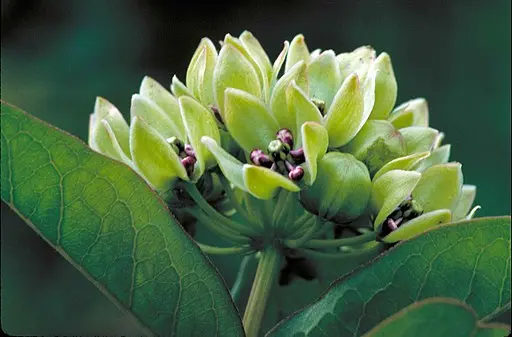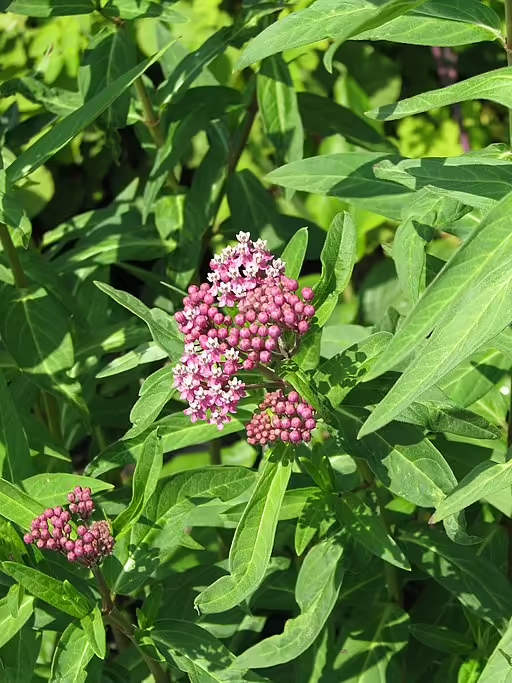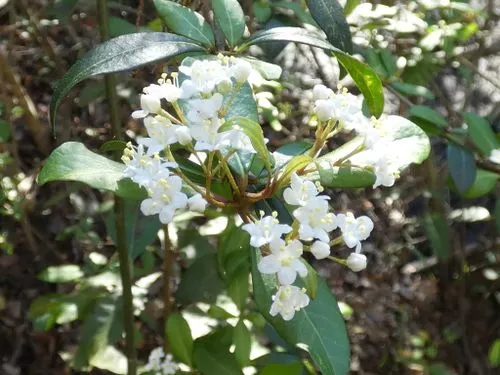Table of Contents for Cumberland Rosinweed (Silphium brachiatum)
Cumberland Rosinweed (Silphium brachiatum) is a herbaceous perennial that is native to the southeastern United States. This plant is a host to a moth and a butterfly and is an important nectar source for other insects. Growing from 2 to 6.5 feet tall, this species grows in woodlands with calcareous soil. The yellow flowers bloom from August to October and the plant is hardy in zones 5-10.
Taxonomy and Naming of Cumberland Rosinweed (Silphium brachiatum)

Taxonomy
Cumberland Rosinweed (Silphium brachiatum) was named and described by Augustin Gattinger in 1884 based on a specimen from Tennessee (Gray 1885). It still has the same name and is a member of the Aster Family (Asteraceae).
Meaning of the Scientific and Common Names
Scientific Name
The genus name, Silphium, is derived from a Greek word that originated from a resin-bearing plant (Missouri Botanical Garden). The species name, brachiatum, is Latin for branched.
Common Name and Alternative Names
The common name comes from the native location of the plant on the Cumberland Plateau.
Physical Description

- Plant Type: This plant is a herbaceous perennial.
- Height: 2 to 6.5 feet tall
- Stem: The stems are erect and glabrous.
- Leaves: The leaves are opposite, petiolate, lanceolate to ovate, and have entire, sometimes dentate margins (Flora of North America). The leaves are 3 to 10 inches long and 0.2 to 7 inches wide.
- Flower color: yellow
- Blooming period: This plant blooms from May to November.
- Fruiting type and period: This plant has achenes that mature in the late fall and winter.
Range of Cumberland Rosinweed in the United States and Canada

This species is native to the states of Alabama, Georgia, and Tennessee in the United States. It is considered to be rare in Alabama and Tennessee. It may be rare in Georgia.
Habitat
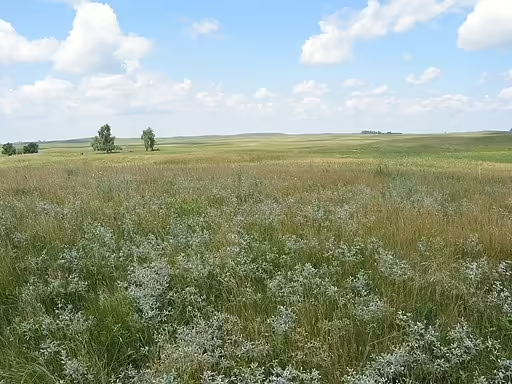
This species grows in calcareous woodlands and roadcuts (Flora of North America), rocky limestone woods (Estes 2012), limestone ledges (Gattinger 1887), and powerline R-O-Ws in the Cumberland Plateau (Datillo and Nestor 2011).
Hosted Insects

The members of the Silphium genus are hosts to the bordered patch (Chlosyne lacinia) butterfly in the western United States and the silphius borer moth (Papaipema silphii).
Other Supported Wildlife
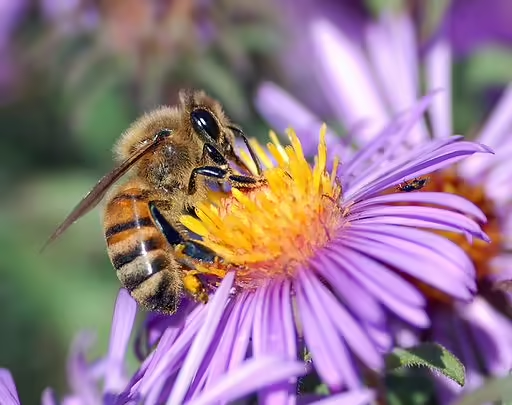
This species is an important nectar source to other butterflies, skippers, bees, and wasps.
Frequently Asked Questions
Does this plant have any ethnobotanical uses?
The Native American Ethobotanical Database does not cite this species specifically, but other members of the genus have had numerous pharmaceutical uses and have been used as foods.
How is this plant distinguished from other Rosinweeds (Silphium spp.)?
This specie is most similar to Appalachian rosinweed (Silphium wasiotense), but differs in having a glabrous stem. The non-pinnatifid leaves separate it from the white rosinweed (S. albiflorum) (also range) and the compassplant (S. laciniatum). The cordate leaves separate it from the starry rosinweed (S. astericus) (Weakley, et al 2022).
Is this plant invasive?
This plant has not been noted as being weedy.
Gardening with Cumberland Rosinweed

Hardiness
This species is hardy in zones 5-10, however, this species is rare and lives in a restricted habitat. It is not likely in the horticultural trade.
Optimal Conditions
This species grows in full sun and dry sandy well-drained soil with limestone.
References
- Datillo, Adam J. and D. Nestor. 2011. Onosmodium bejariense var. subsertosum (Boraginaceae): First report for Alabama. Phytoneuron 2011-37: 1-4.
- Estes, Dwayne. 2012. Penstemon kralii (Plantaginaceae), A new species from Alabama and Tennessee, with an updated key to the southeastern U.S. taxa. Journal of the Botanical Research Institute of Texas 6: 1-8.
- Gattinger, Augustin. 1887. The Tennessee Flora; with a special reference to the flora of Nashville, Phaenograms and vascular cryptograms. (Nashville, TN: self-published).
- Gray, Asa. 1885. Contributions to the Botany of North America. Proceedings of the American Academy of Sciences 20:257-310.
- Nesom, Guy L. and R.J. O’Kennon. 2001. Two New Species of Liatris Series Punctatae (Asteraceae: Eupatorieae) Centered in North Central Texas. Sida 19(4): 767-787.
- Weakley, A.S., and the Southeastern Flora Team. 2022. Flora of the Southeastern United States. University of North Carolina Herbarium, North Carolina Botanical Garden.
- Whisenant, S.G. 1981. The Vascular Flora of McCulloch County, Texas. The Texas Journal of Science 33: 197-220.
- Young, Mary Sophie. 1920. The seed plants, ferns, and fern allies of the Austin Region. University of Texas Bulletin no. 2065.
